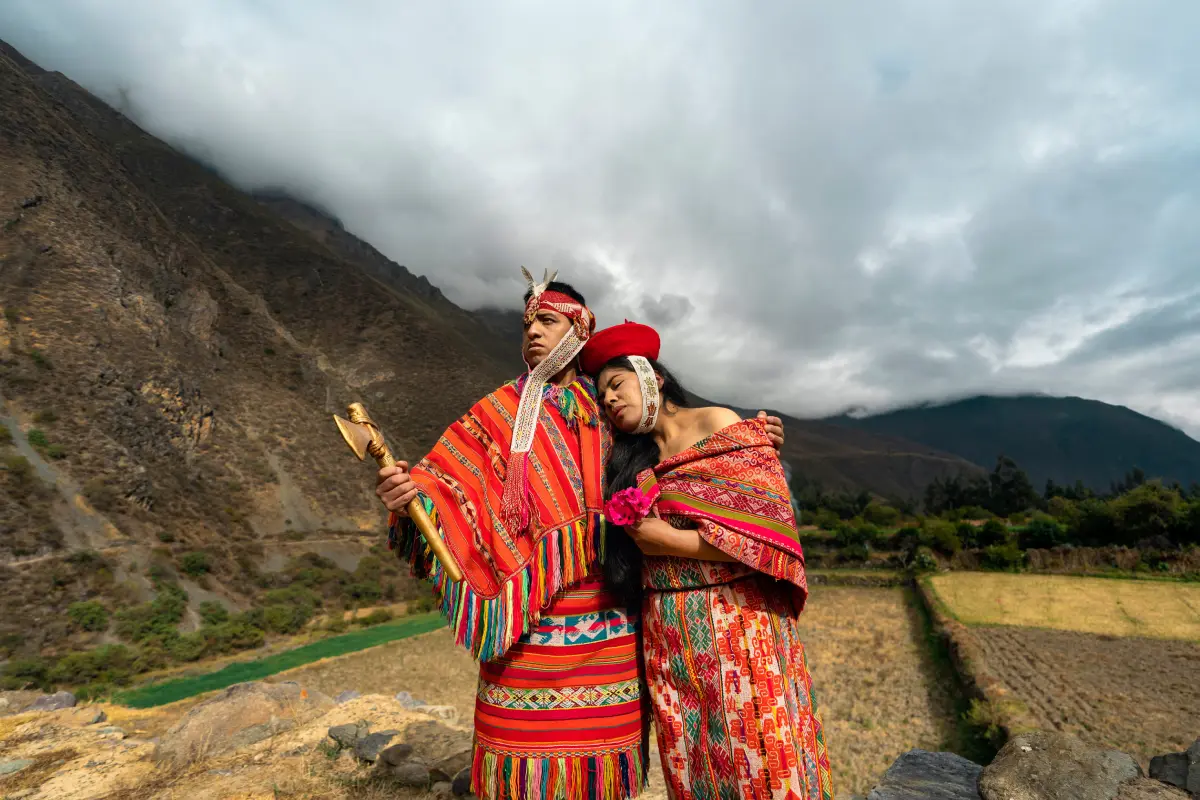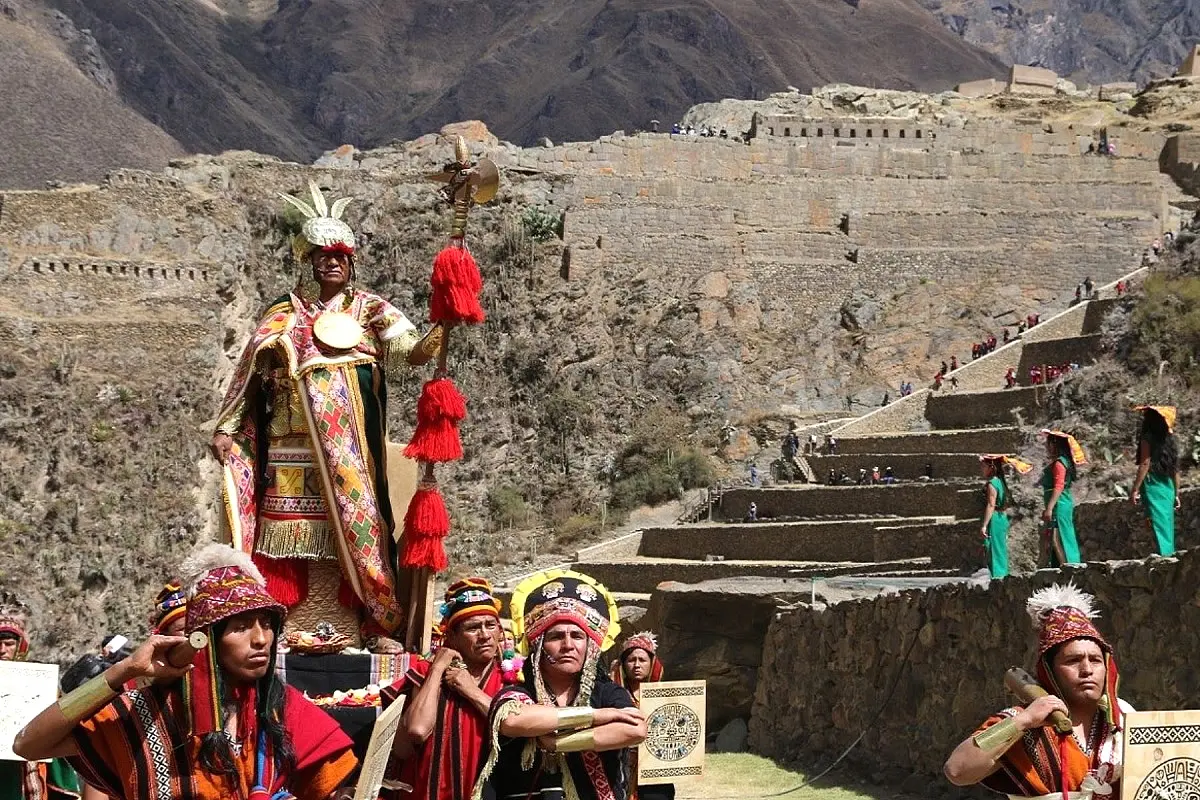In the heart of the Sacred Valley of the Incas lies Ollantaytambo, a site that encapsulates more than magnificent Inca architecture; it tells stories of military strategy, forbidden romance and ancient culture. This blog will explore both the historical significance of this place and the legend of one of its most famous inhabitants, General Ollantay.
Ollantaytambo – One Name, Many Stories
What does Ollantaytambo mean?
Ollantaytambo, divided into “Ollantay” and “tambo”, reveals much more than a simple name. “Tambo” refers to a resting place in Quechua, indicating its function as a vital stop on the vast network of Inca roads. But who was Ollantay? The answer leads us directly to one of the legendary figures of the Inca Empire.
Ollantaytambo in Inca History
This site not only served as a tambo, but also as a strategic point for the defense and administration of the Sacred Valley. Its design and structure reflect the sophistication and foresight of the Incas in urban planning and military tactics.
General Ollantay – Between Myth and History

The Origin of General Ollantay
Although the details of his life are largely legendary, Ollantay is known as a general under the command of the Inca Pachacutec. He stood out for his bravery and strategic skills, but it is his personal story that has captured the imagination of generations.
A Forbidden Romance
The love story between Ollantay and Cusi Coyllur, the Inca’s daughter, is at the center of one of the most important plays in Quechua literature. Despite social barriers and the Inca’s scorn, Ollantay fights for her love, which eventually leads him to a daring rebellion against Pachacutec.
Redemption and Legacy
The denouement of the play “Ollantay” reveals a surprising twist, where love and bravery are finally rewarded. The story serves not only as an entertaining drama, but also as a reflection of social norms, justice and humanity within the Inca culture.

